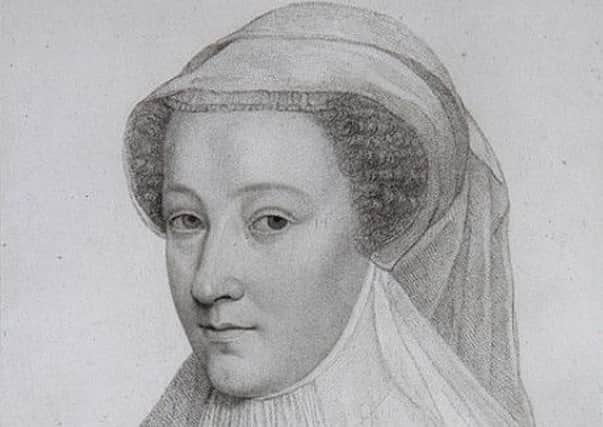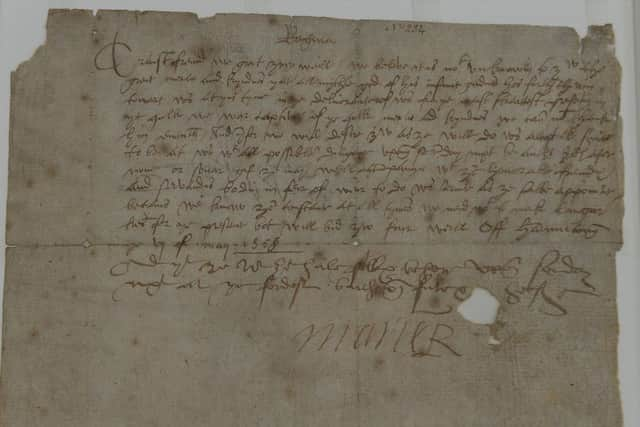Mary Queen of Scots' letter could aid scientific revolution
This article contains affiliate links. We may earn a small commission on items purchased through this article, but that does not affect our editorial judgement.


The National Library of Scotland is working with the Edinburgh University group by supplying the text of the historic letter - written just hours before the doomed queen was executed in 1587 - to see if it can be stored and successfully retrieved using DNA, the essential blueprint of life.
Written text is converted into short molecular sequences that, in theory, can be stored safely for centuries, in a stable form and at much lower cost than existing technology.
Advertisement
Hide AdAdvertisement
Hide AdThese sequences can be rapidly assembled together in any order, using a method resembling a typewriter.


The researchers say such a system would be capable of storing the entire Harry Potter book series 20 trillion times within a single gram of DNA.
This, however, is not the only type of data that can be stored, as the DNA fragments can be arbitrarily assigned values to represent colours or sounds, thus enabling the user to store images, music and any other file that can be stored digitally.
The demand for data storage is increasing at a rate of around 50 per cent a year as the use of smart phones, social media, e-mail and other means of electronic communication grow. Current storage methods require huge data centres that consume large amounts of energy and depend on limited supplies of raw materials such as silicon.


The University of Edinburgh undergraduate iGEM (International Genetically Engineered Machine) team say DNA offers an alternative.
The team, which includes students studying biology, computer science, psychology and chemistry, believes it can provide the solution to the world’s storage problems.
Software giant Microsoft recently completed a research project to use DNA as a high density, durable and easy-to-manipulate storage medium. However, this is based on a process that is very expensive and requires specialised machinery and resources. The iGEM team are pursuing a method that is much more affordable and flexible while also being guaranteed to withstand the test of time.
Advertisement
Hide AdAdvertisement
Hide AdEdinburgh University biochemist Brendan Largey said: “It is a real privilege to be allowed to use the basic text from the last letter of Mary Queen of Scots to test our DNA storage system.
“While there is increasing interest in using DNA in this way, our approach is unique in its security, modularity and affordability. We want our technology to be accessible not only to large scale companies but to anyone with long-term data storage needs.”
Gill Hamilton, acting Head of Digital at the Library said: “We are delighted to be able to support this exciting Scottish-based research. Finding more effective solutions to data storage in the future is something that all libraries, organisations, companies and individuals have a strong interest in. We will be watching progress with much interest.”
The research project is to be entered into the iGEM synthetic biology competition in Boston, USA, in October.
DOWNLOAD THE SCOTSMAN APP ON ITUNES OR GOOGLE PLAY
